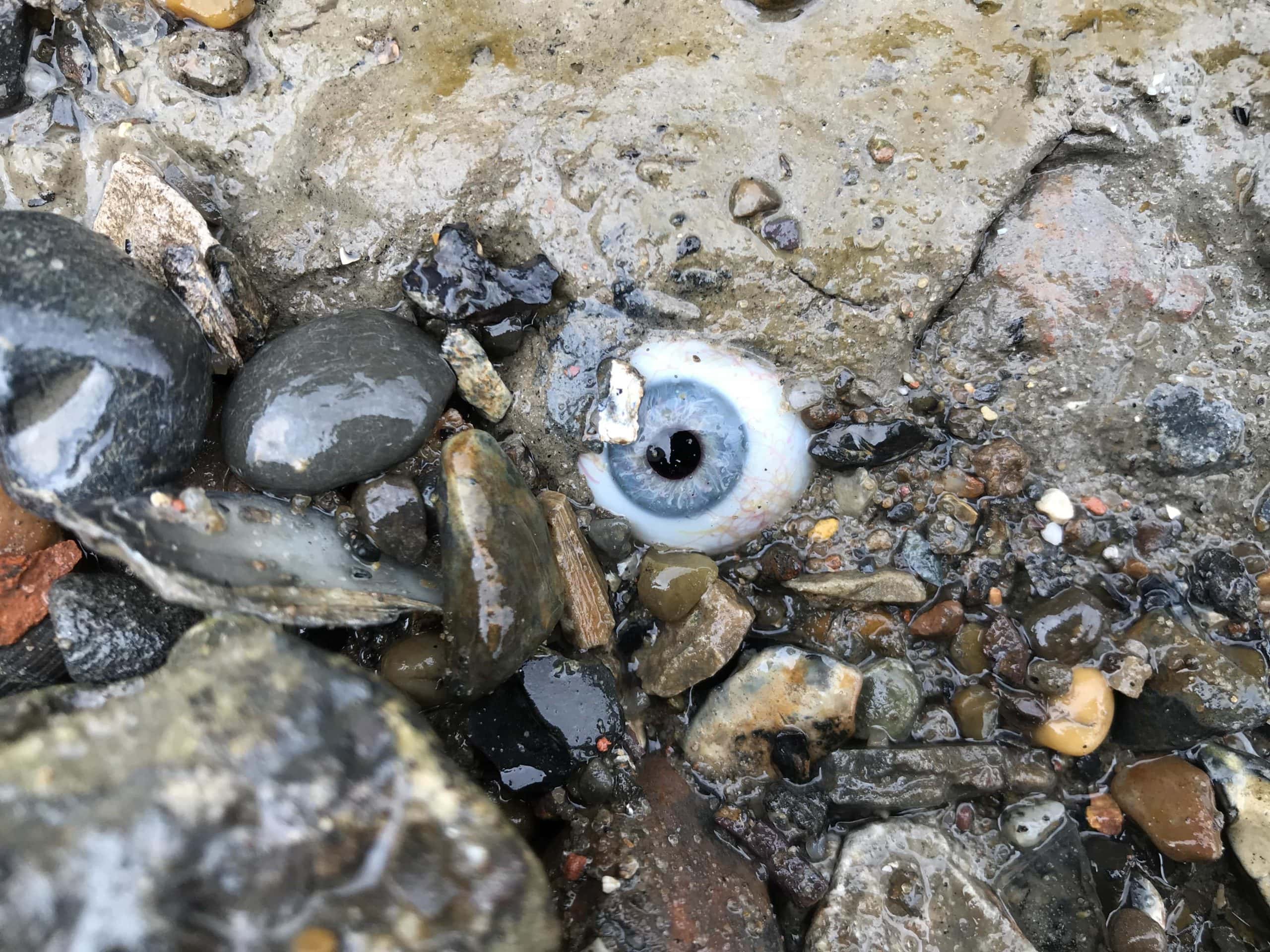
Interested in mudlarking? Ella Foote meets Lara Maiklem at the water’s edge adjacent to Cannon Street station. With the tide now on the turn, Lara has been at the foreshore all morning, waiting for it to depart and reveal its treasures. She looks excited.
“Each object has a story, we just don’t know what it is,” says author and London mudlarker Lara Maiklem. “As long as you know what the object is, you can make the story up. No one can say if it’s right or wrong. Every object found on the foreshore of the River Thames was used by someone.
“Knowing that when you pick something up you are the first person in how ever many hundreds or thousands of years to touch it is a real magical connection. It is the closest thing I can imagine to time travel, I am the first person to touch that little coin, reaching back through time, since whoever dropped or lost it – that is just amazing.”
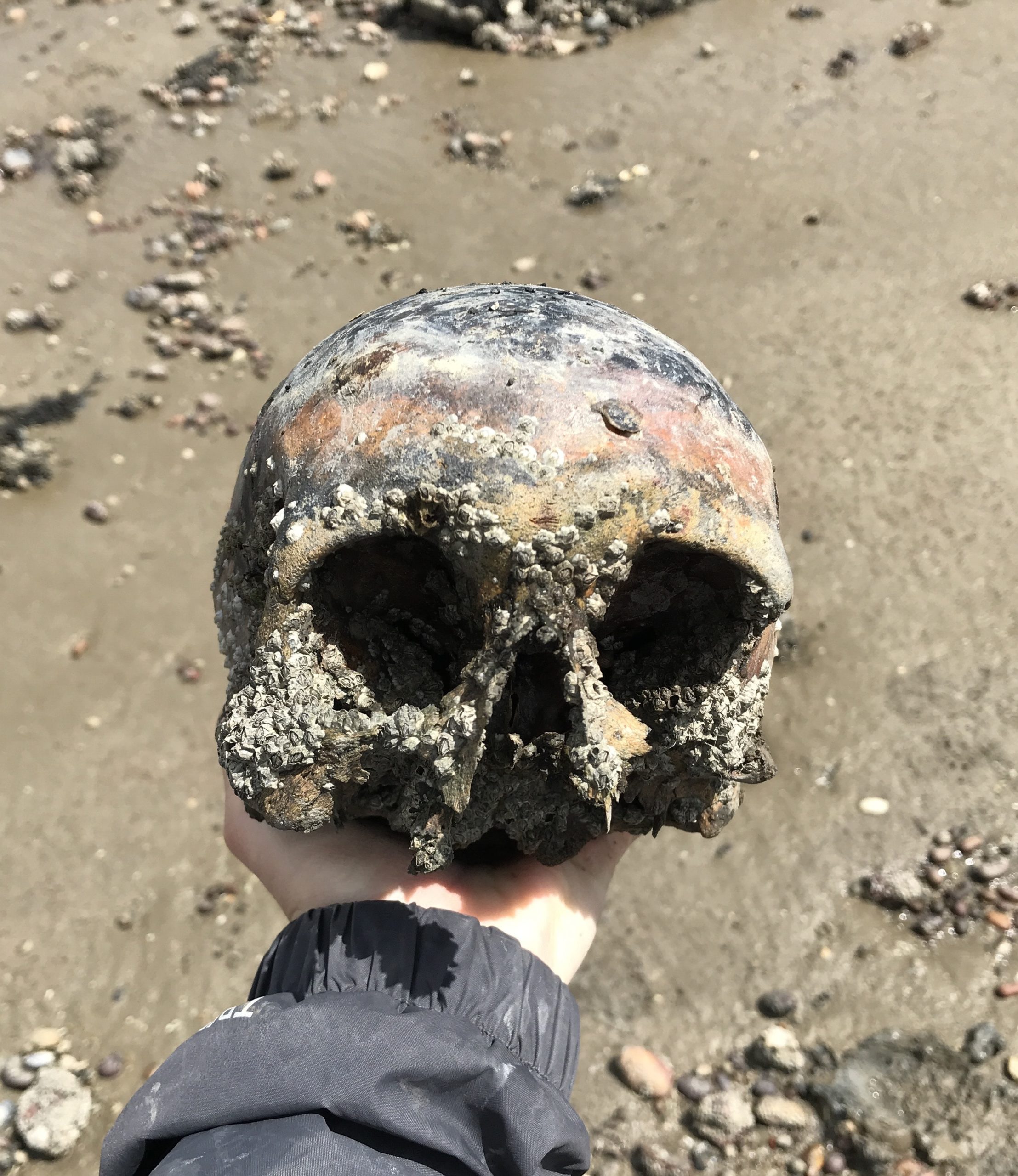
The moment I meet Lara she fumbles in her waist-bag and produces a gilded 16th century button, “Look what I’ve just found!” She places it in my palm. It has a little mud encrusted into a loop where the thread would have gone, to me it looks more like a bead or pendant, it is light in weight.
She can identify exactly what it is and which period in history it is from. How exciting, I wonder what I might be able to find. I feel a sense of pressure to find something equally as impressive.
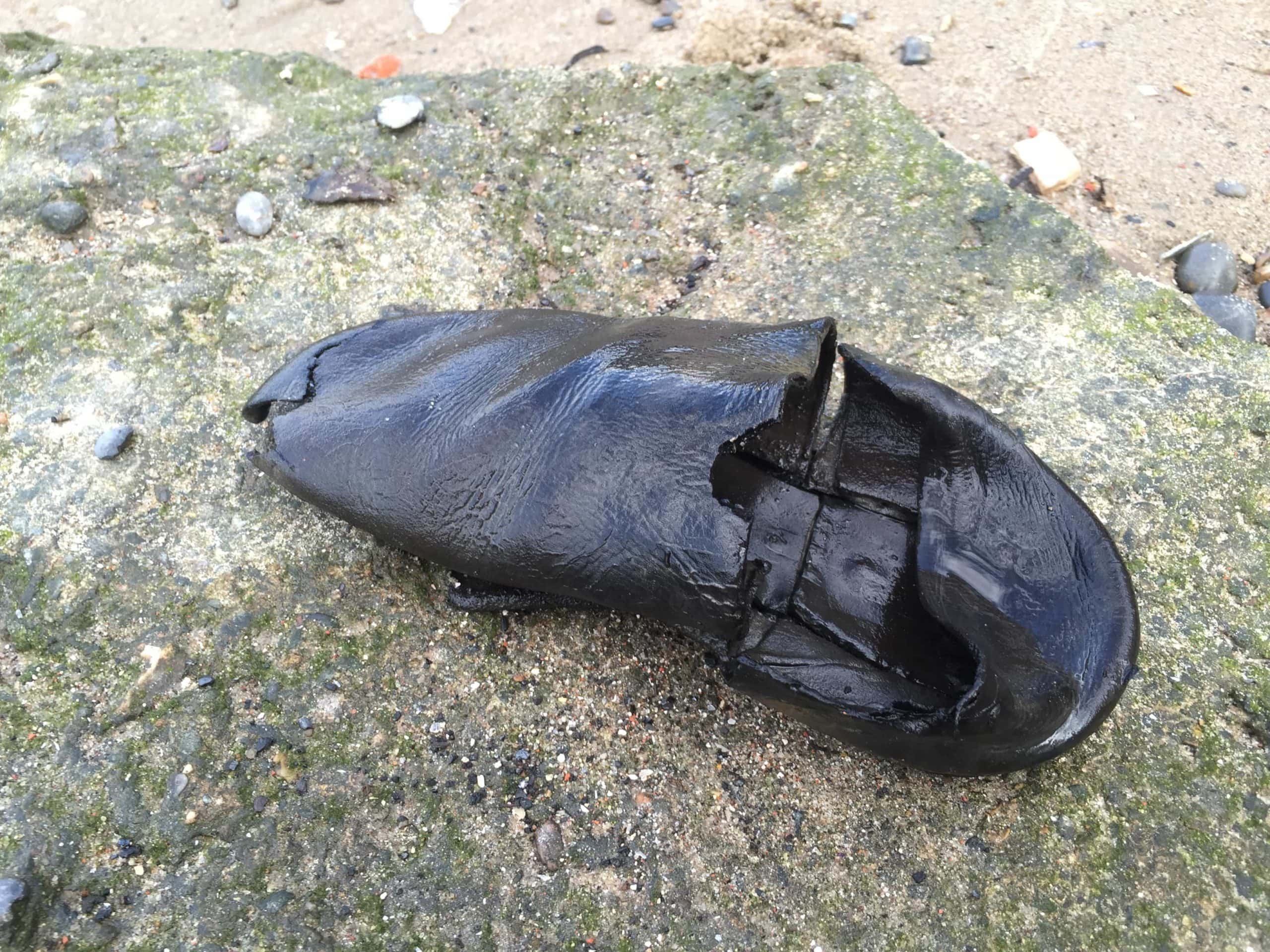
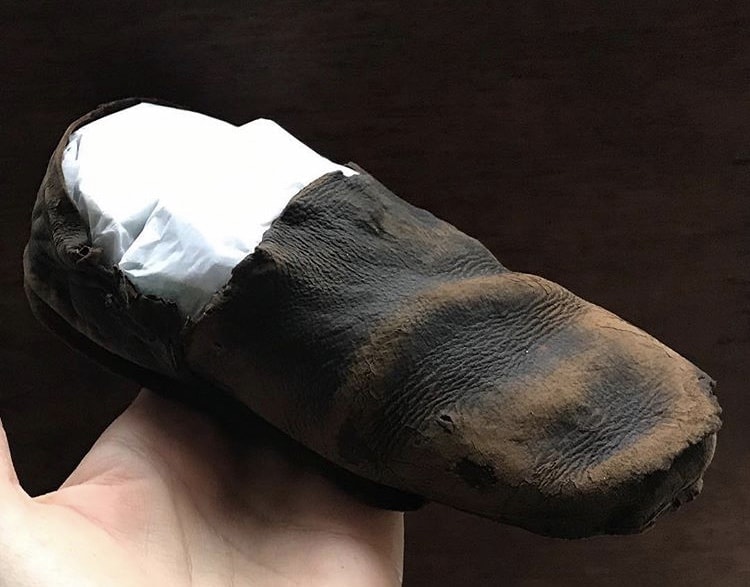
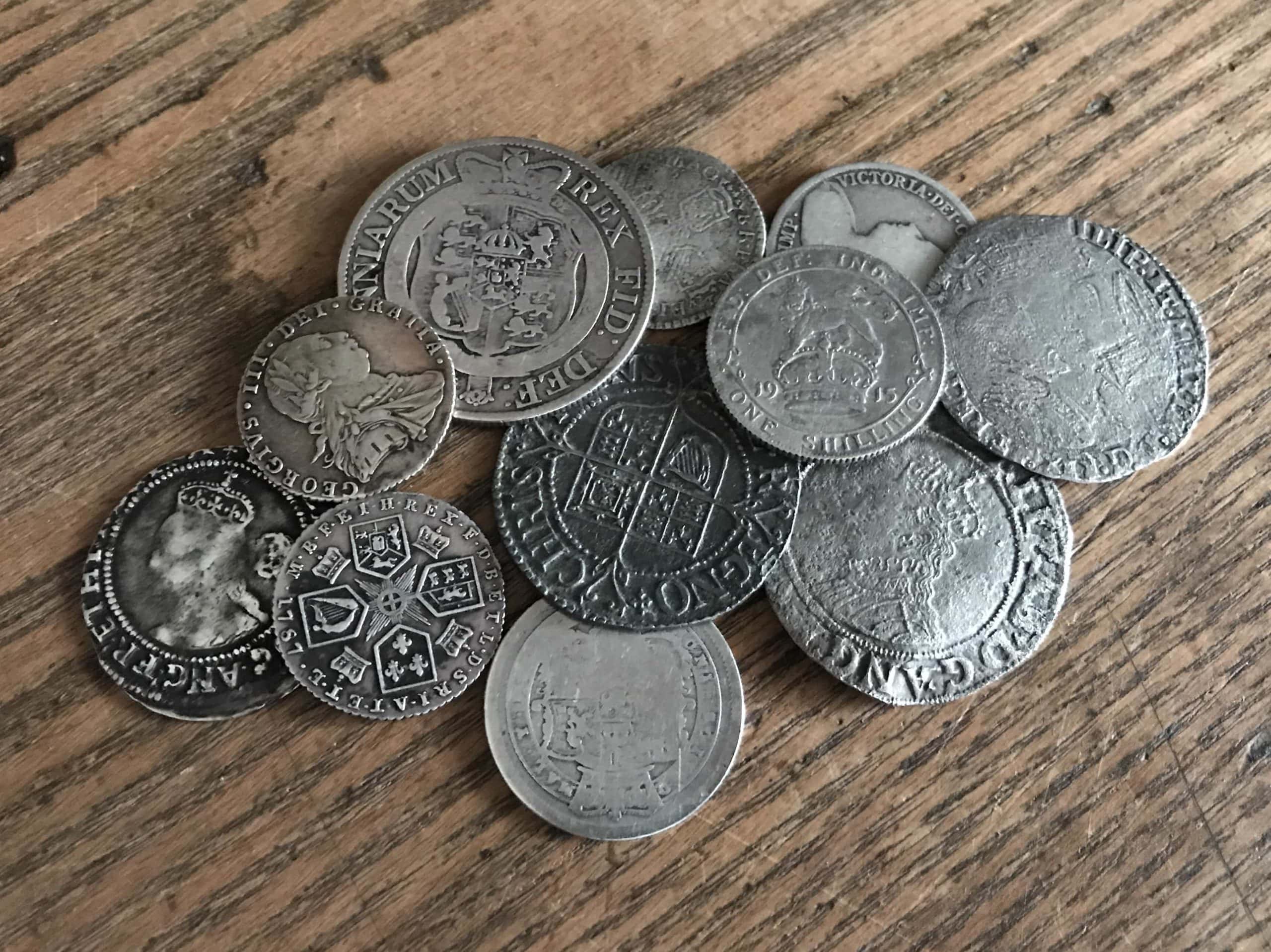
I fumble my feet over the shingle, rocks, old iron bars and unrecognisable nonsense. I move toward the water hoping its movement would reveal something another mudlark had missed. Lara is quick to warn me about the wash about to lap against the riverbank after a Thames Clipper commuter boat whooshes past.
Her boots are well worn and tell their own tale of endless days walking the muddy foreshore. She wears kneepads and latex gloves; her backpack looks heavy and is scuffed with mud. She has been mudlarking for fifteen years, sharing her finds on social media and has recently published her first book, Mudlarking. It reached number two in The Sunday Times bestsellers list and became BBC Radio 4’s Book of the Week. It takes you on a journey from the tidal head at Teddington out to the Thames estuary and reveals Lara’s story along the way.
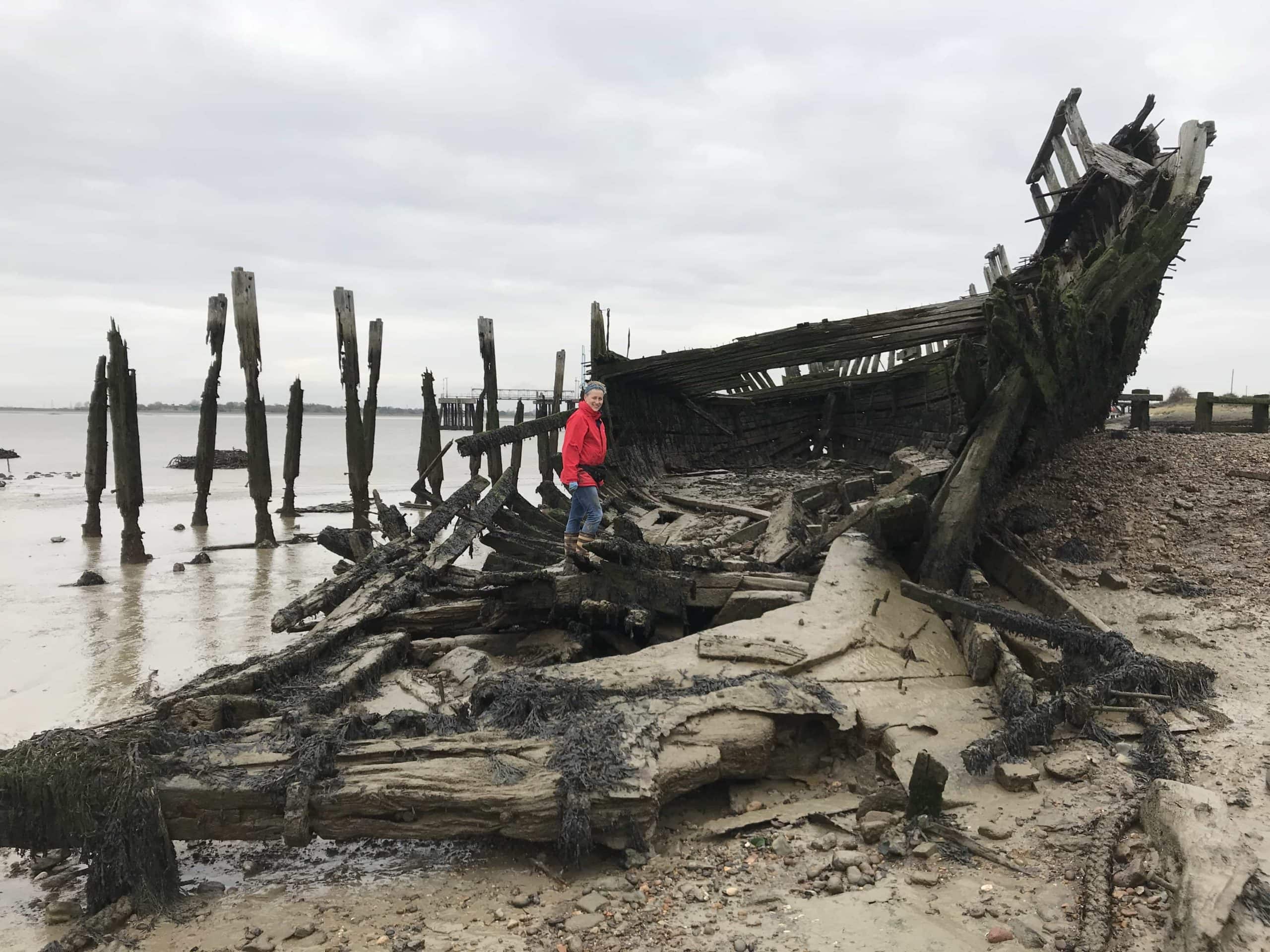
We walk a little downstream, Lara describes the riverbed to me. I scan beneath my feet the whole time, seeking treasures and stories from London’s historic past. I pick up some china flecked with blue glaze, “That’s Victorian,” says Lara. A piece of green glazed ceramic, “that is medieval,” she says with confidence and turns her attention to a terracotta chunk of rubble, “now this is Roman.” She describes the shape and curves which identify it as a Roman roof tile.
I scan beneath my feet the whole time, seeking treasures and stories from London’s historic past.
It goes on like this, Lara finding little bits of old pottery and me finding mostly bones and 19th century ceramic. “It isn’t difficult to know where to go,” says Lara. “It is simple to know that Central London will be where most stuff washes up, what is hard, is getting your eye in. Learning what is worth picking up and what isn’t. Knowledge only builds up over time, I can’t teach someone. You have got to go and do it, it is all part of the process. It isn’t the same if someone is telling you how to do it.”
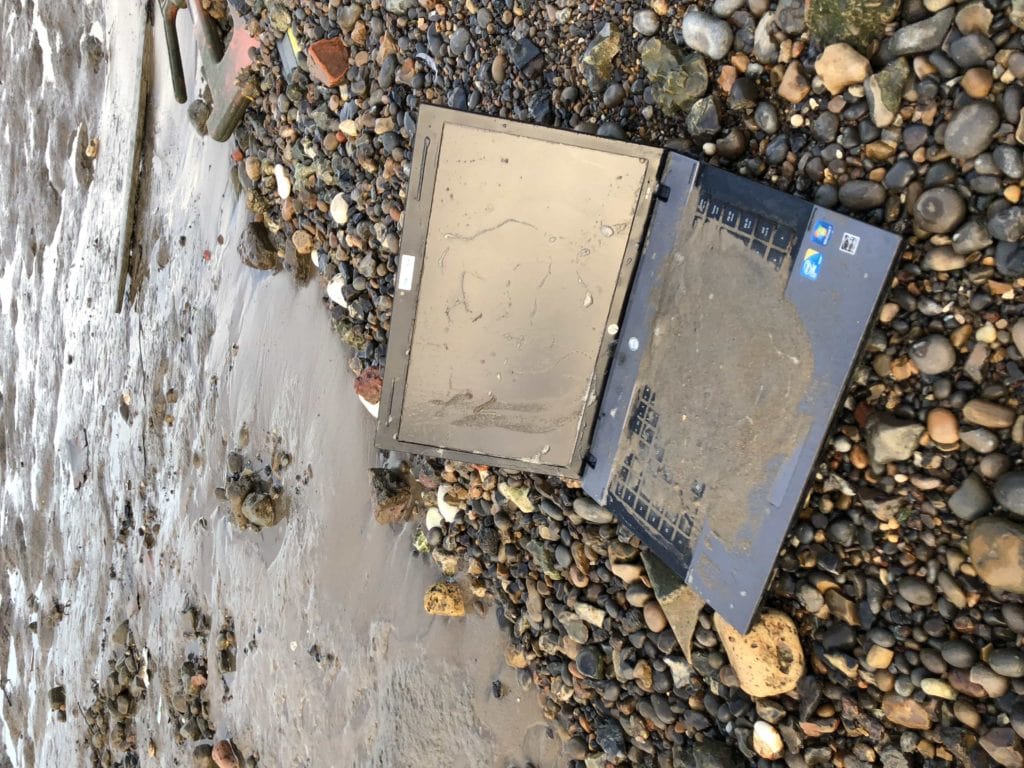
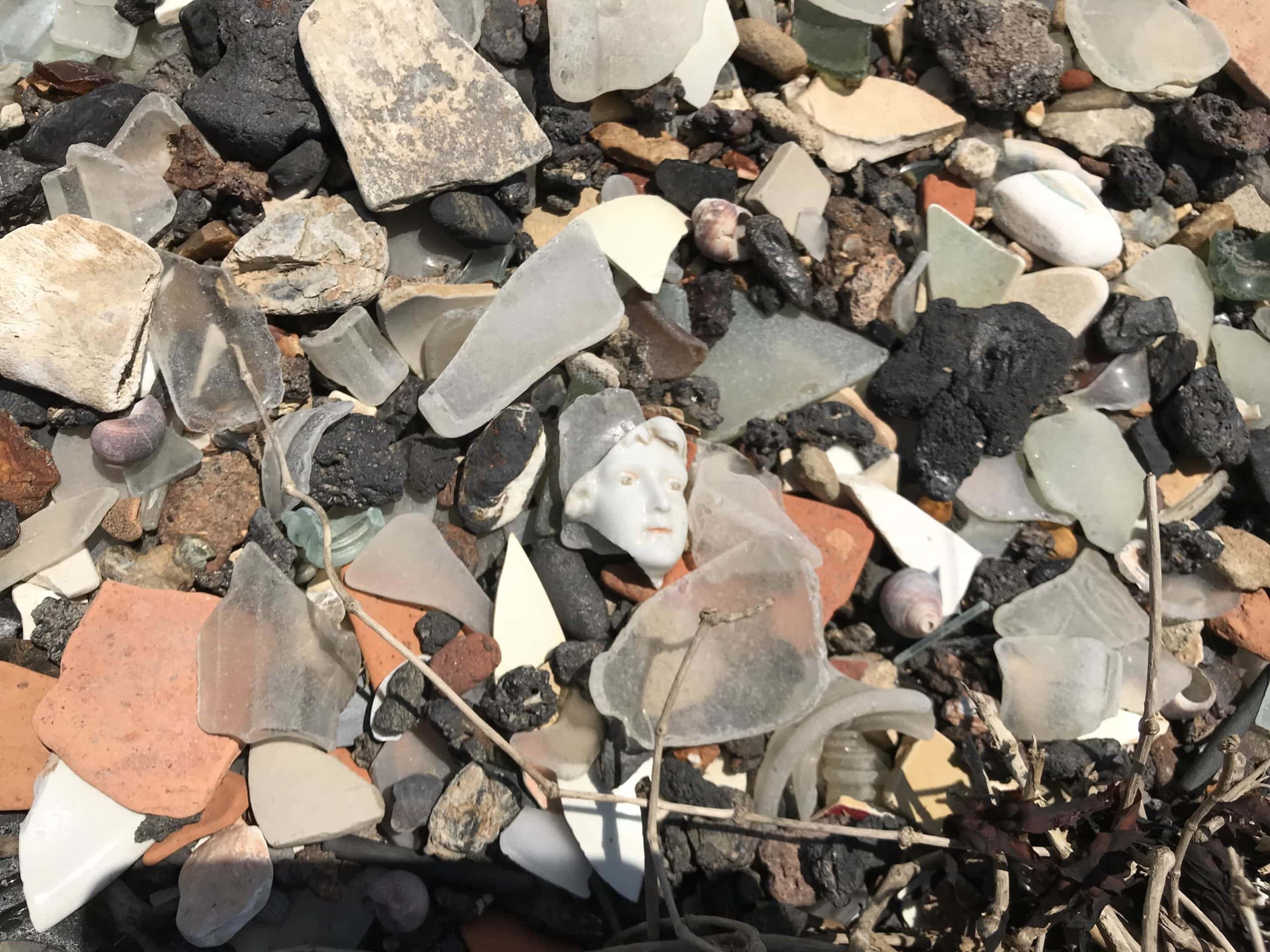
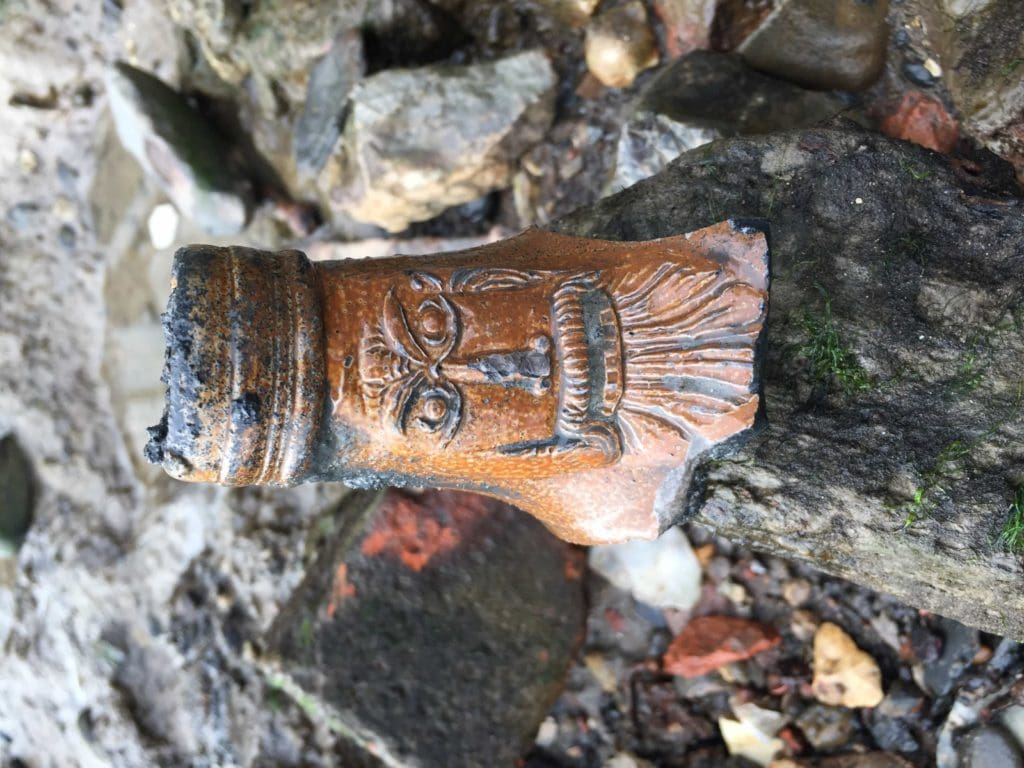
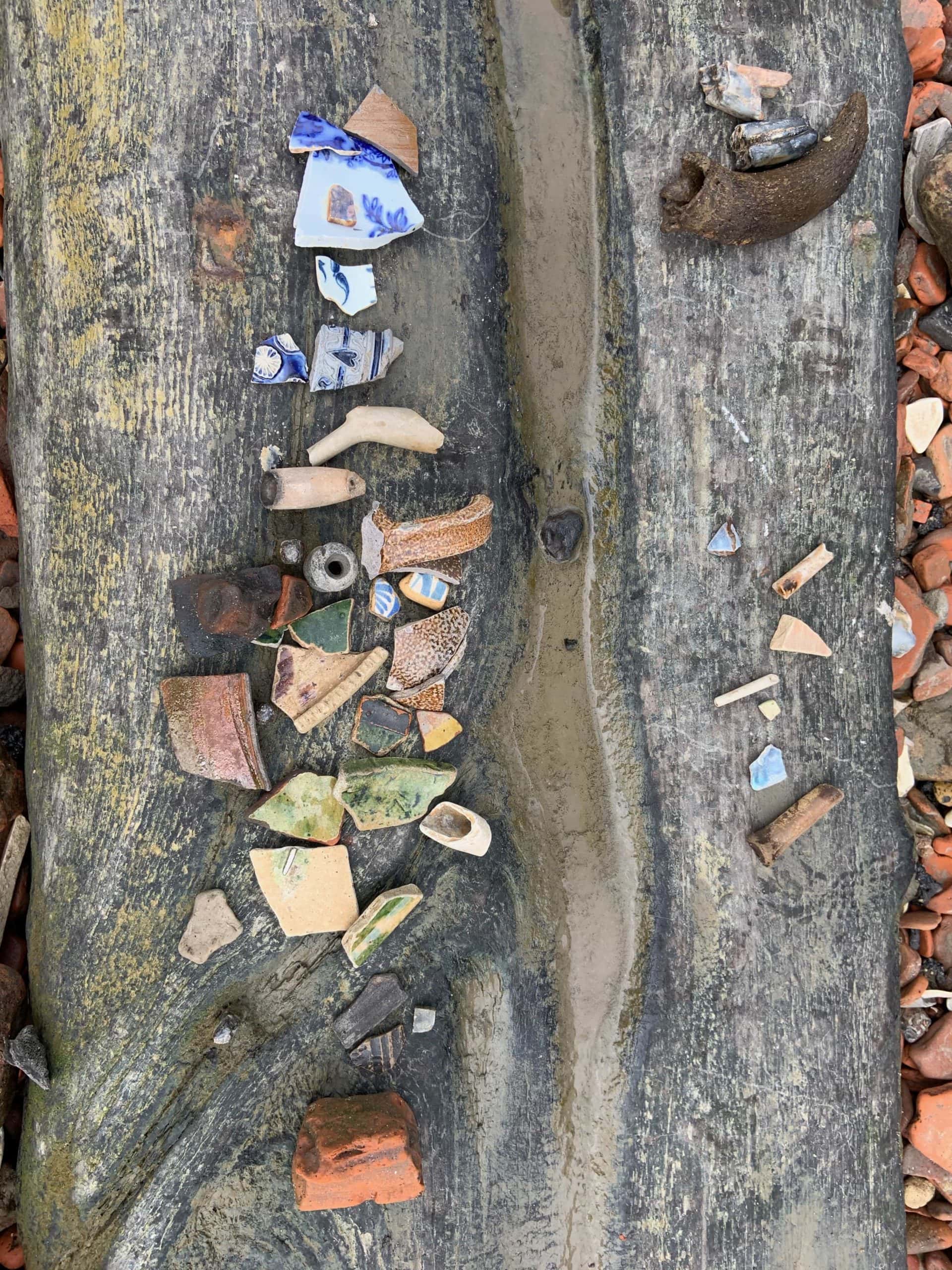
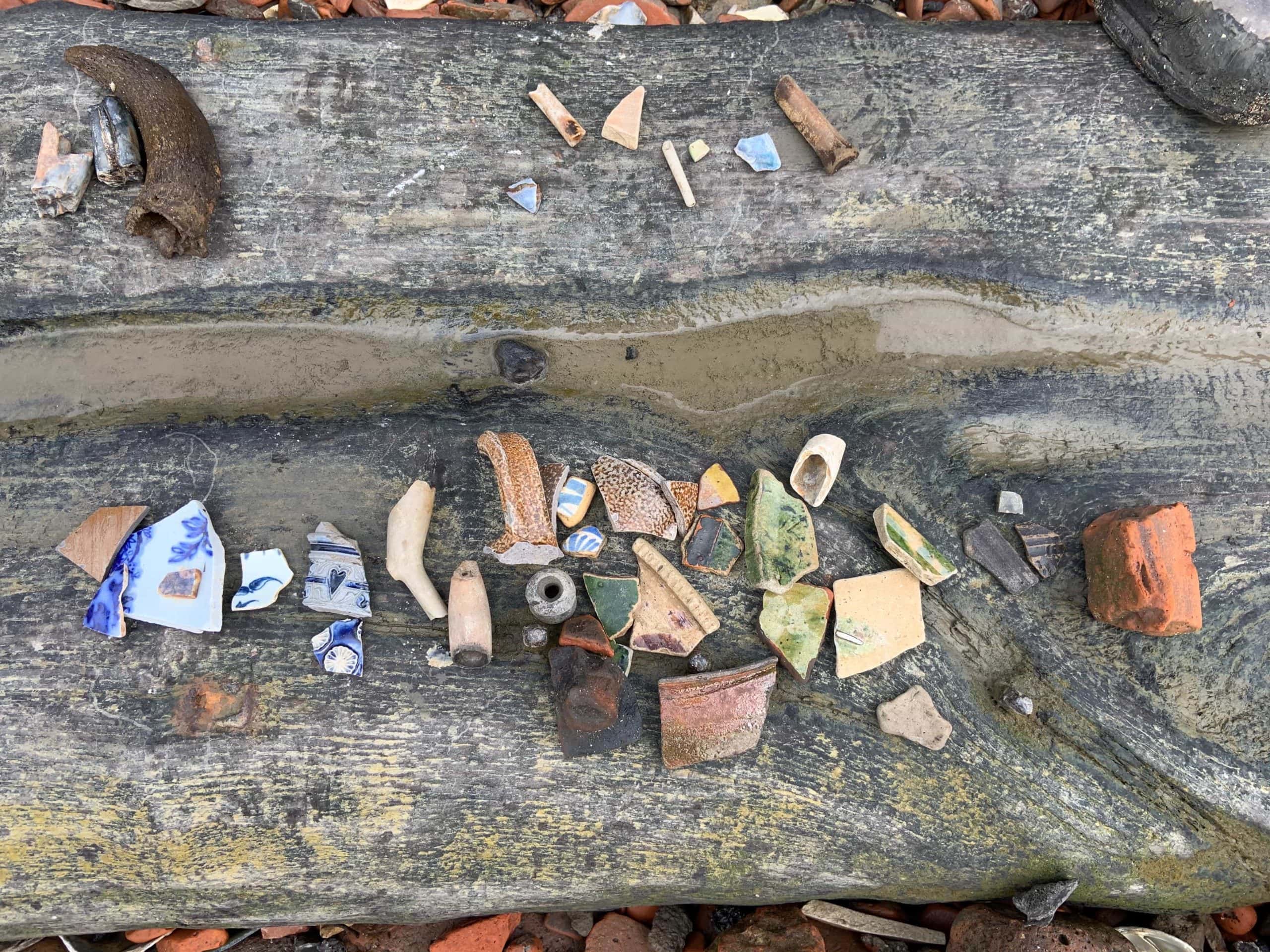
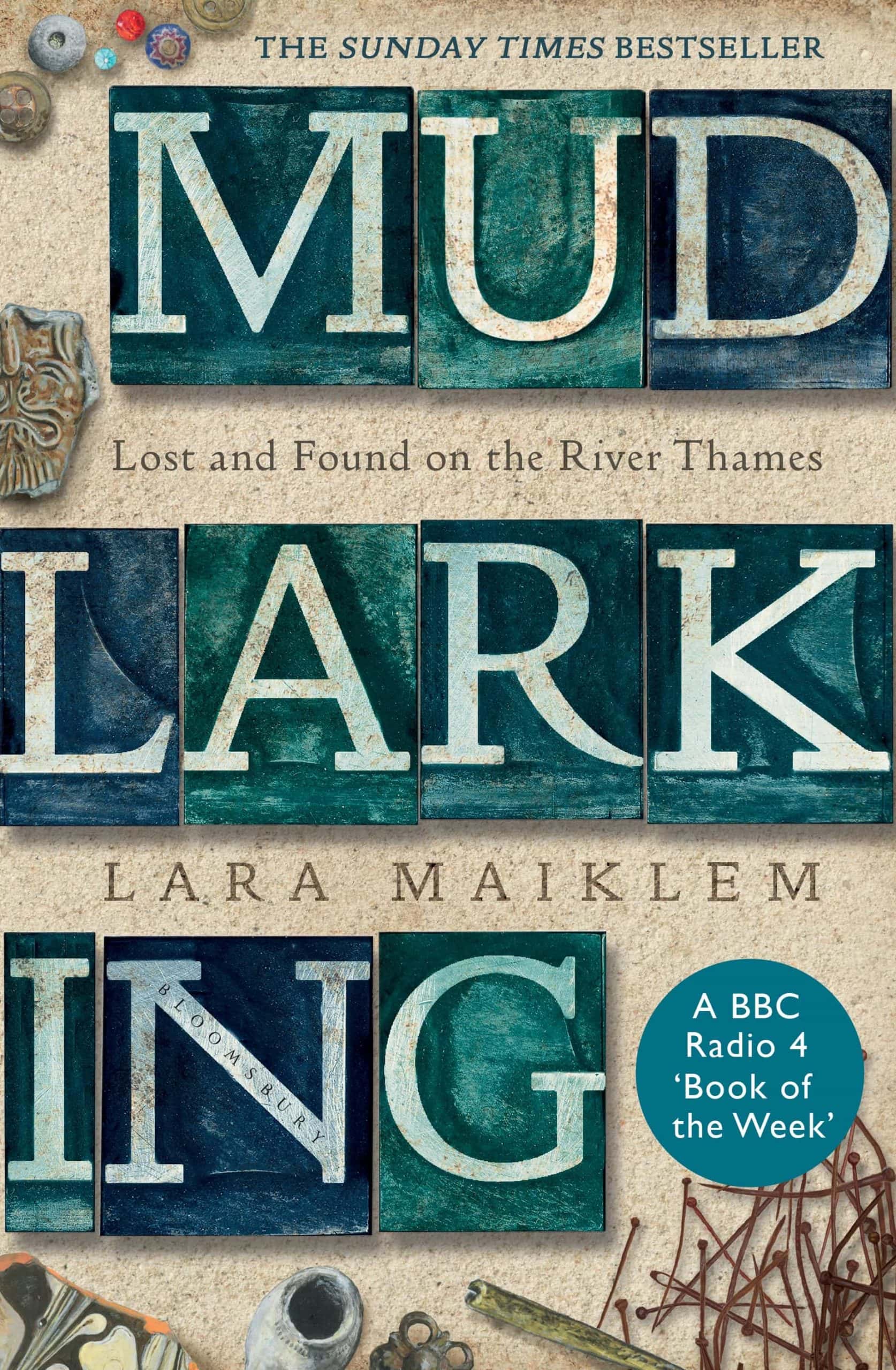
Anyone going onto the foreshore with the intention of mudlarking needs a permit from the Port of London Authority (PLA) and anyone can apply for one. With a permit you are given maps that tell you where you can search, there are places you can’t look. Lara’s favourite find is a Tudor shoe. “It is so ordinary and perfect,” she says. “It still has these little lines and creases as if it fell of someone’s foot yesterday.
There is something about shoes, you know if you put on someone else’s shoes it doesn’t feel right, leather gloves are the same – they are so personal. Holding that shoe is like meeting someone from the past, it is incredible. I have imagined it was lost from a small boy running across the mud, or maybe he was being bullied and it was taken off him and thrown into the river?”
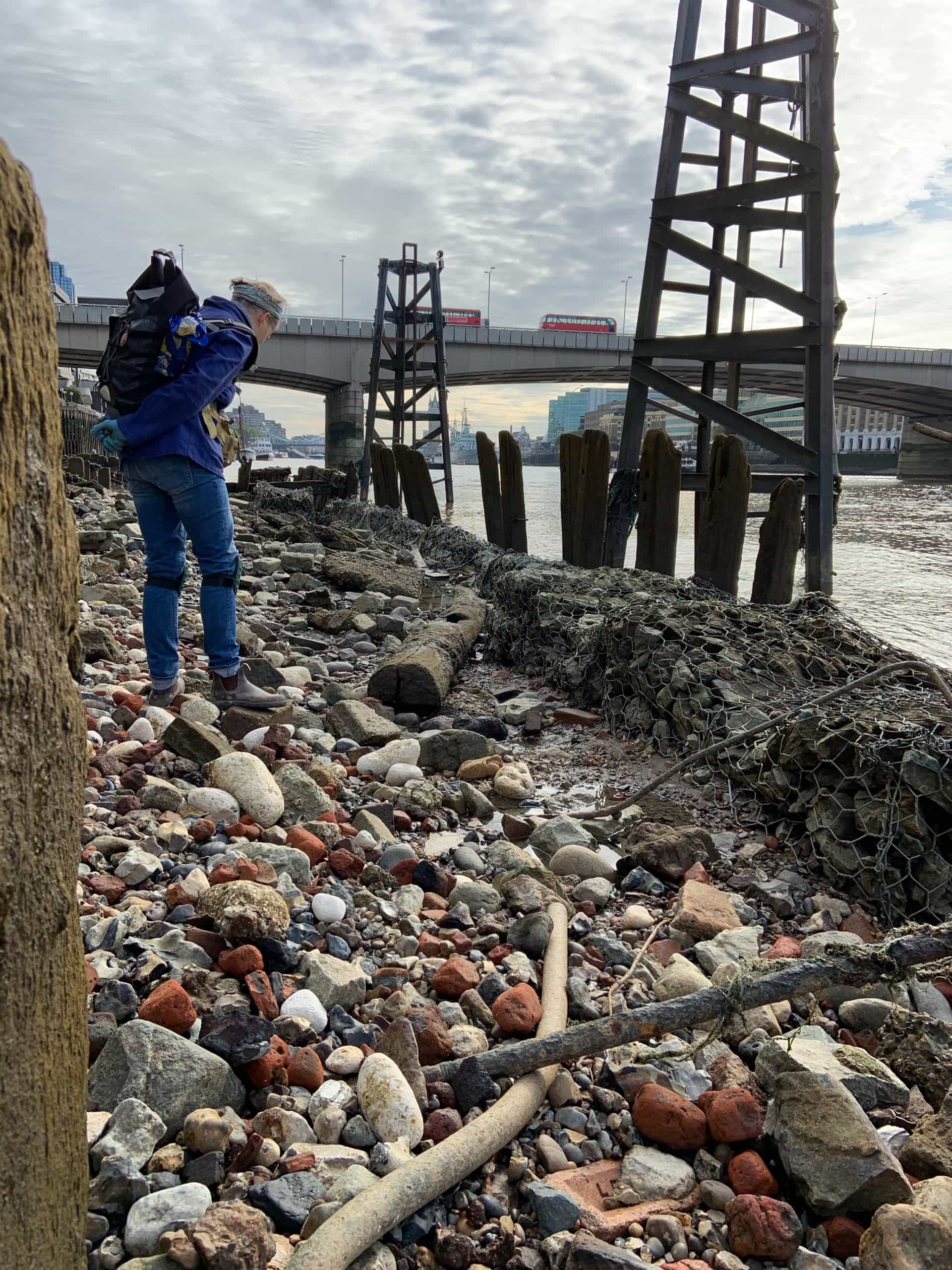
We empty our finds out onto a washed up piece of wood. Lara rearranges them into date order. Roman is our oldest find, I have picked up lots of common finds like clay pipes and bone, a couple of cattle teeth.
We split the collection up, Lara taking very little. “I curate really carefully,” she says. “I don’t just take everything. I tend to collect small things unless it is quite rare or a better version of something I have already got. I will leave it behind, or return things back to the river, it is where they belong.”




